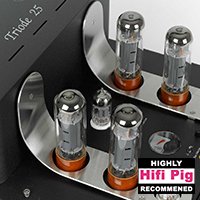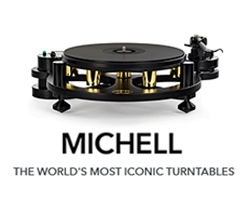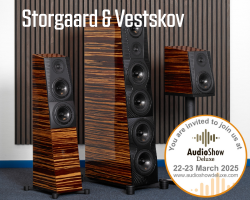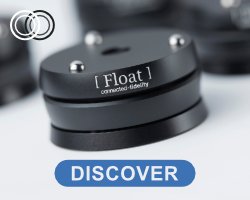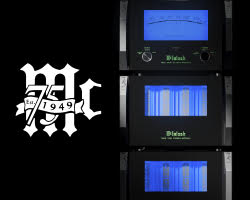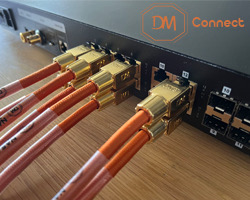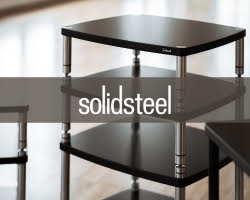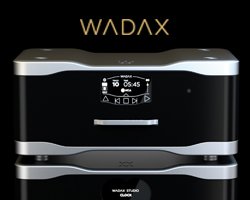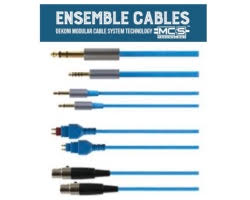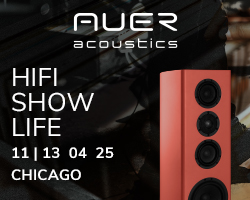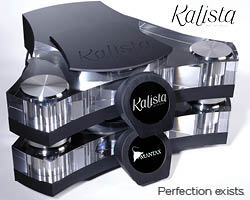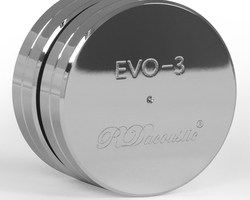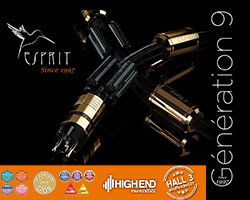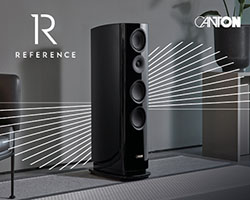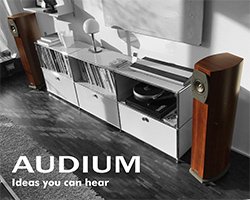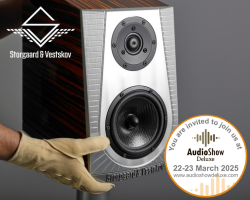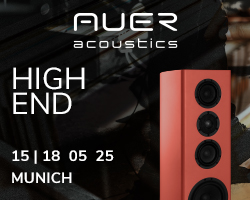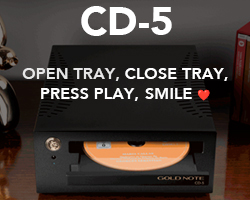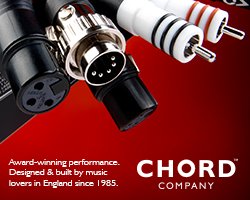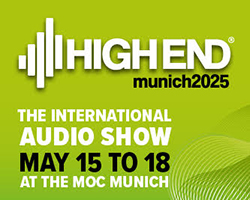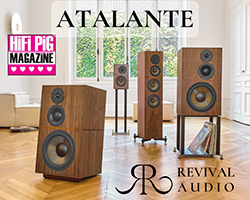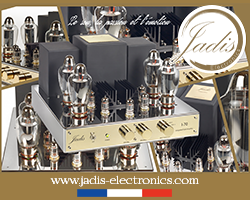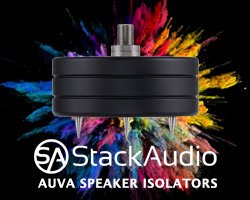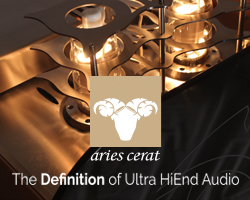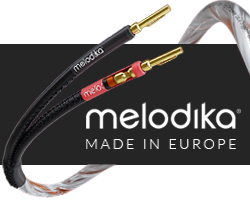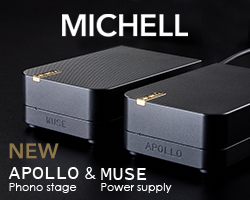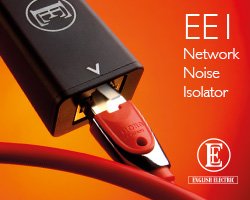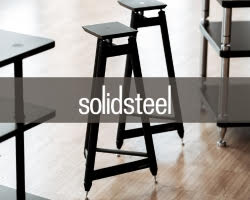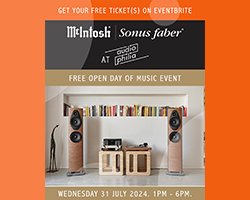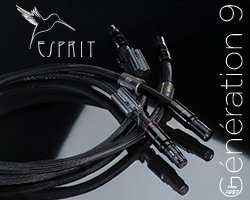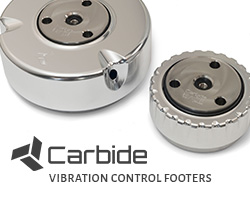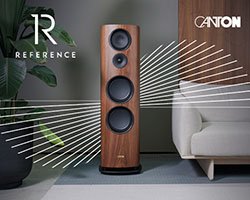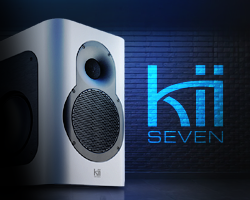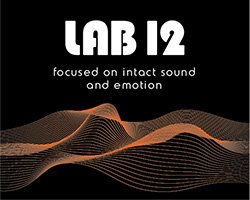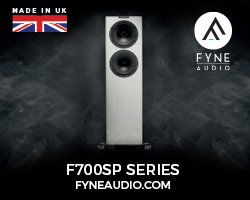UNISON RESEARCH SIMPLY 845 AMPLIFIER REVIEW
Unison Research Simply 845 is an £8500 integrated amplifier using the impressive-looking 845 tube and equally impressive woodwork. Will this Italian beauty be a feast for the ears as well as the eyes? Janine Elliot finds out for HiFi PiG.
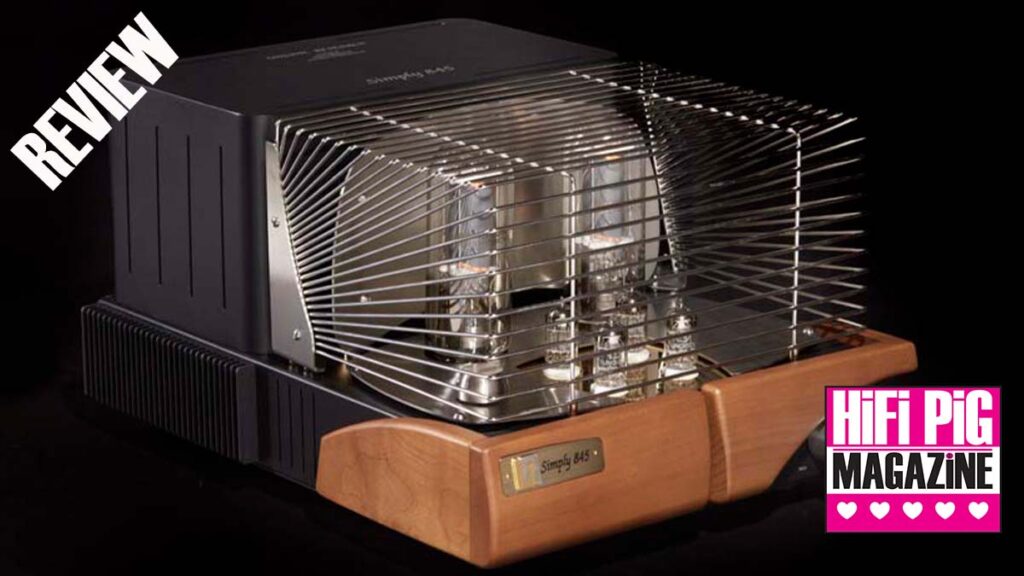
I love three things in life: Italian coffee, valves and Italian valve HiFi. Luckily, I was sent a box with some exciting electronics – well, it had to be delivered by two strong men, unpacked and put down just where I wanted to set it up, as I am not strong enough to lift almost my own weight. Unfortunately, there was no coffee, but the great looks of the £8,581 Simply 845 from Italian Valve specialists Unison Research was far more important. I have reviewed Italian HiFi in the past and even own some now. What is notable in all of them is the presence of wood, something not just to make it look drop-dead gorgeous, as in this 845. No, the wood is even more important here, but you’ll have to wait on that one.
The Simply 845 lies at the top of the integrated amplifier range of Unison Research, who are owned by A.R.I.A srl (Advanced Research in Audio) and is only less “top” than the historic marvel’ 1994 £37k Absolute 845 integrated, often regarded by many as the best valve amplifier of all time, and which is still being manufactured. At an obese 199lbs that is one hell of a good looker if not a lifter. The 67lbs baby for review here is still very heavy, but also a bit more petite! UR’s motto is “Bringing Sound to Life”, and whilst these amplifiers are a dead weight, they certainly are alive when you switch them on! The 845 stands for the most sexy, enormous, gorgeous tube you could ever want to put your (cotton gloved) hands around! This has two of them! Unison Research was created by a group of audiophile experts in 1987, led by Giovanni Maria Sacchetti, whose first two products were the Triode20 and Simply Two. Notable for integrated valve amplifiers with lots of wood, they have also ventured into CD players, speakers and phonostages, including the more modern-looking Unico range. Based in Treviso, in northern Italy, just north of Venice, they are now recognised as the Italian leaders in the production of (mostly) tube amplifiers with gorgeous looks. All products are hand-crafted in their own facilities, making sure these (well, at least most of the parts) are Italian through and through. Indeed, the output transformers in the Simply 845 are their own design and hand-built, just as I have noticed in a number of valve amplifier manufacturers over the years (such as Synthesis and Fezz, for example).
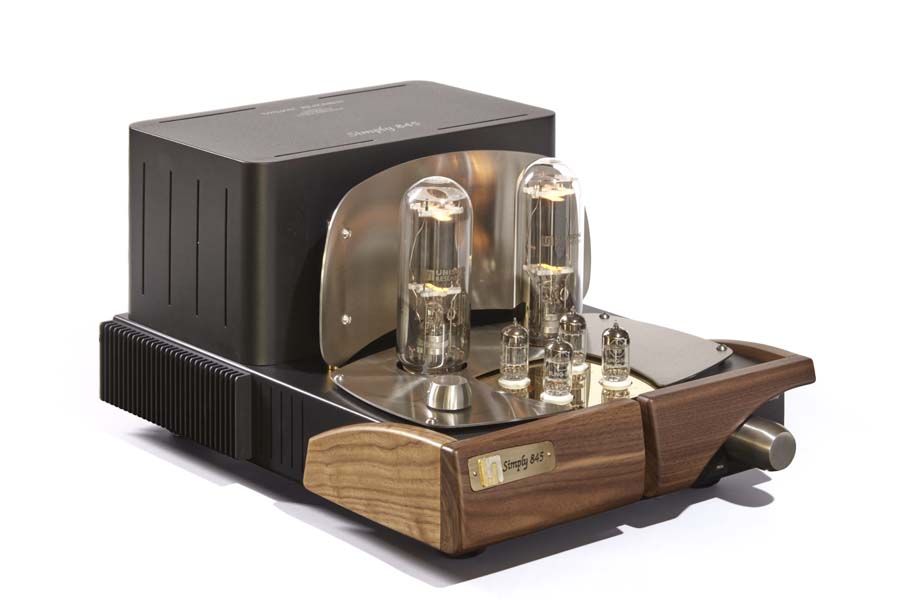
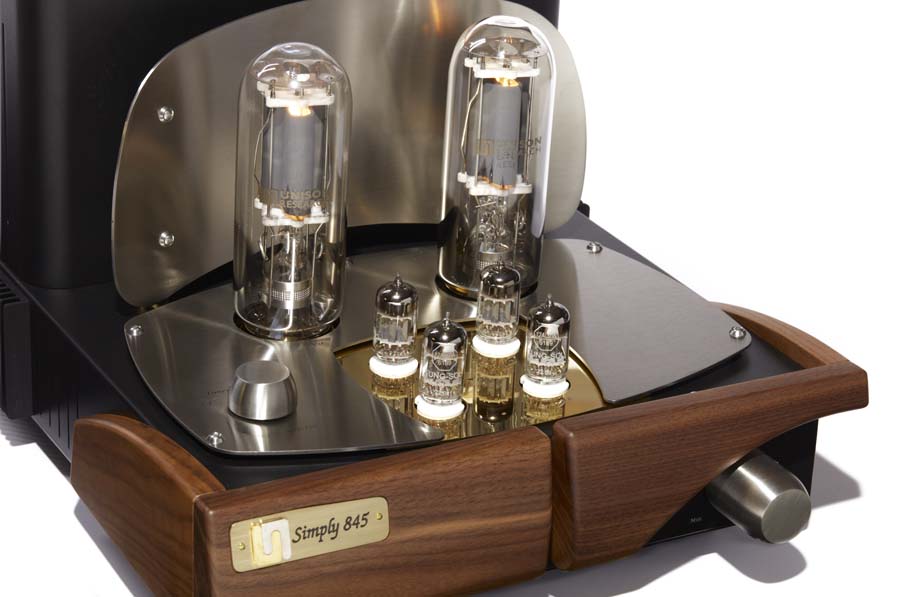
TRANSFORMERS
It is not a simple task making a good transformer, as it is much more than just lots of windings. The materials chosen are just as important, and they must act linearly with all the magnetic fields that are created. In the 845, these are Mylar and Polypropylene dielectrics able to disperse the magnetic fluxes to achieve good frequency response and low distortion. The ferromagnetic core of each traditional output transformer uses a special iron alloy, each insulated from the other with silicon. The Simply 845 also deploys a toroidal power transformer, and all three are hidden in a black aluminium frame behind a curved stainless-steel sheet acting as a heat reflector that sits behind the two 845 tubes.
845
Valves are highly complicated products, built to high tolerances, not just toughness to withstand heat and stay as a vacuum, but also to operate ideal magnetic and electric field properties. The 845’s are certainly no exception. Like the more common 300B, these are direct heated power triode valves, and are labelled “Unison Research” and as in common with the valves of most of Unison Research products, are produced by them to the highest quality. They are bayonet mounted like old-fashioned power-thirsty light bulbs and are seated by pushing down and twisting 90 degrees clockwise. A number of manufacturers have used 845s; such as Icon Audio (MB845) and Audion (Black Shadow 845). At nearly 8 inches from glass to pins they are massive and expensive (around £400 a pair, though Elrog ER845s are £1675/pair) and so need to be – as in all tubes – handled whilst wearing cotton gloves.
These are directly heated triodes, each with a maximum anode dissipation of around 100W and with a plate voltage of 1250Vdc, so they clearly need to be respected! They also get very hot, so the silver cage (that makes the amplifier look like a budgie cage without the valves in situ!) needs to be in position at all times if you have children or animals in the vicinity. These tubes are in the output stage and are self-biasing, so there is no magic you need to do to get them to perform at their best! Just twist and play! As they are SET valves, there is no push-and-pull in the design (where one does the positive and other the negative cycle), so there is only the need for one per channel, and this also means that the amplifier is pure Class-A. Being a single SET tube means the design of the amplifier also doesn’t need to be complicated. Providing the (still class-A) pre-amplifier stage are four miniscule (by comparison) ECC82/12AU7 valves, which look so petite next to the 845s! I left the valves several days to acclimatise to my home temperature before being confident enough to switch it all on. Boy, do they get hot! The 845 plate is often machined from solid graphite as it has such high-power dissipation. My winter central heating could thus be switched off whilst I listened. RCA first introduced 845s in 1931 for AM radio transmitters, so they are not seen as often as often as EL81’s, ECC83’s, 300B, and KT88s, etc. As this amplifier is working totally in Class-A, the circuitry is working at full power at all times, so it will be drawing 320W continually! For those who want to save the universe, buy a Class-D amp with switch-mode power supply, for this amp is more your Lamborghini Aventador than a Renault Zoe. And boy, even with just 23W into 6 ohms output does it shift!
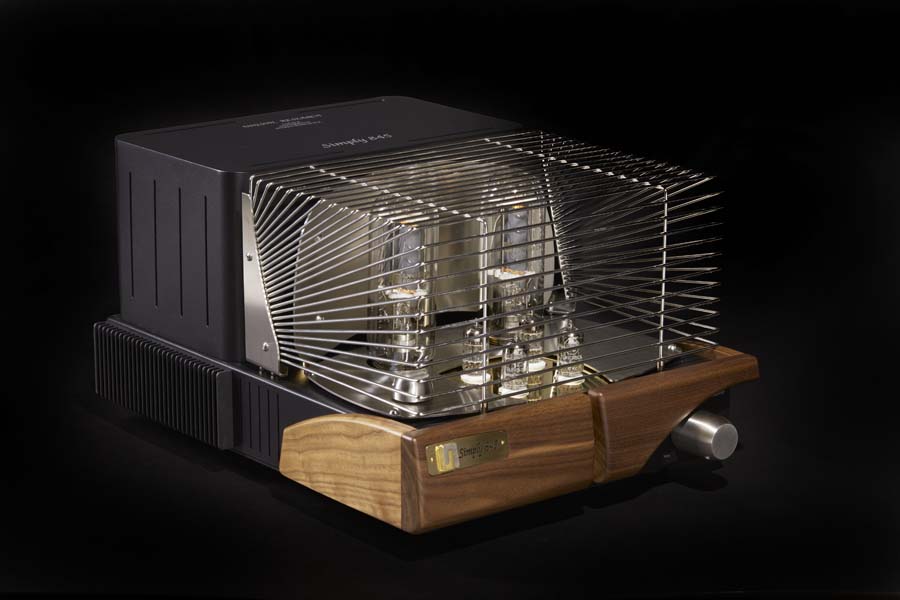
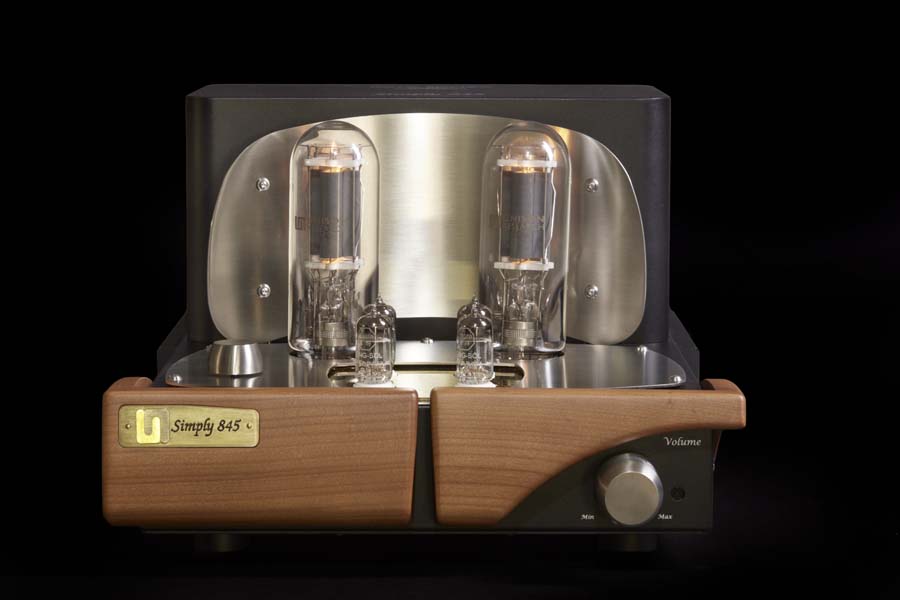
BUILD QUALITY AND FEATURES OF THE UNISON RESEARCH SIMPLY 845
There is nothing “simple” about the Simply 845. This amplifier has had a lot of thought put into its design, components and looks. Utilising an Alps RK27 motorised volume control, JPX capacitors, and gold-plated connectors, this certainly doesn’t use cheap off-the-shelf components. With black frame, silver front top and wood side cheeks and frontage, this all looks very classy. The “deep” aluminium volume control matches the shorter 4-way source selector knob that is placed inside the valve bird cage, which means a bit of exercise changing sources, as that lovely wooden remote control won’t do it for you. Why not place it on the front left or make it motorised? The hand-held unit is the RC3 universal remote with gorgeous (but very small and mostly unusable) black buttons lined up like soldiers on parade (they’d perhaps look nicer in gold?) With a gorgeous formed wooden body (to match the amp) plus brushed aluminium top, it is operated via button CR2032 batteries inserted using a hex-socket screwdriver. Each input on the rear and top-plate selector switch is labelled CD, Tuner, AV and AUX, taking me back to the seventies and eighties, and there are even tape-out sockets at the rear if you want to connect up your Aiwa or Akai cassette deck, plus post-fader line-level output if you want to hear its gorgeous bass even deeper through powered subs. To operate the Simply 845 is a rocker switch on the right-hand side, and there is no standby (well, it is valve and Class A, after all). The best sound won’t happen until the valves have all lit up and your house is a wee bit warmer. I found 10-15 minutes was enough to start to hear the magnificence of this heavyweight.
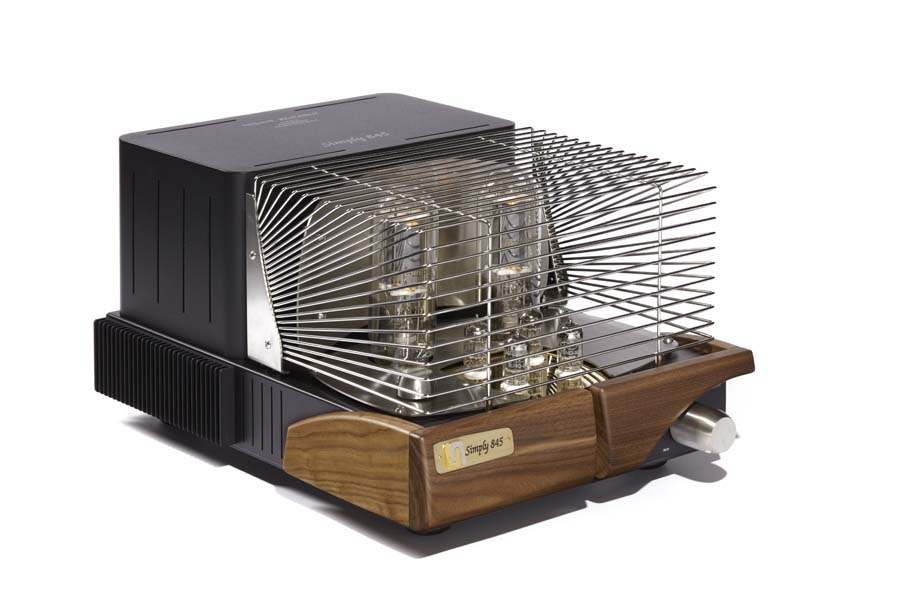
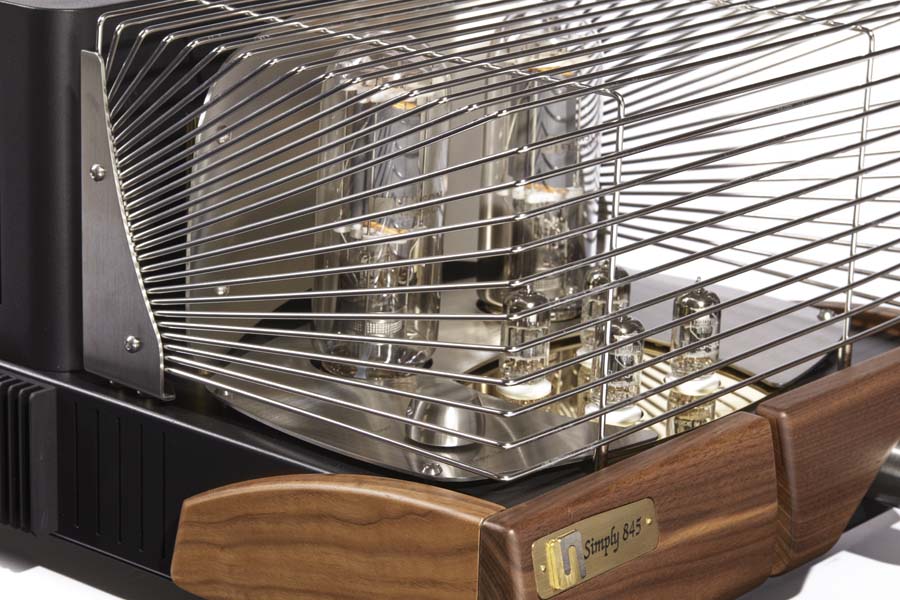
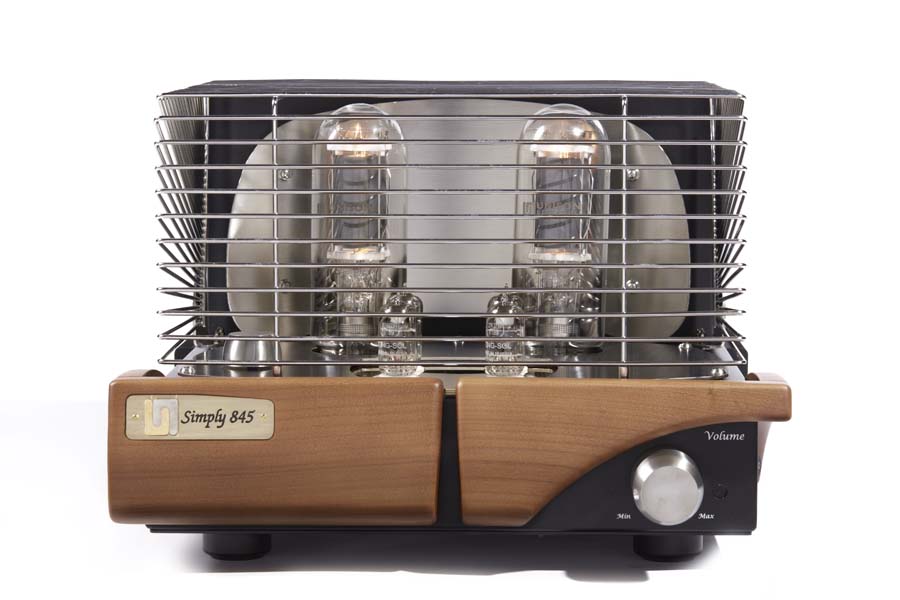
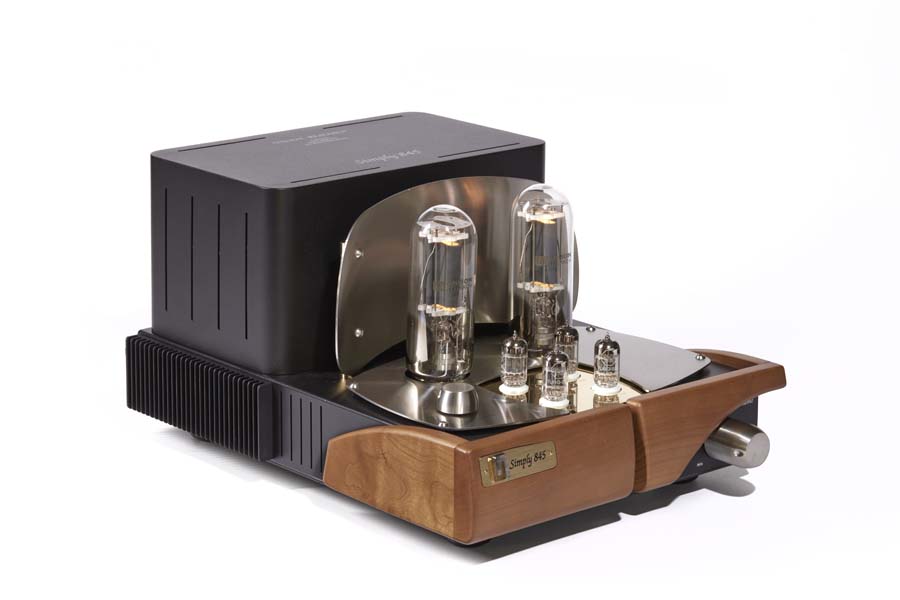
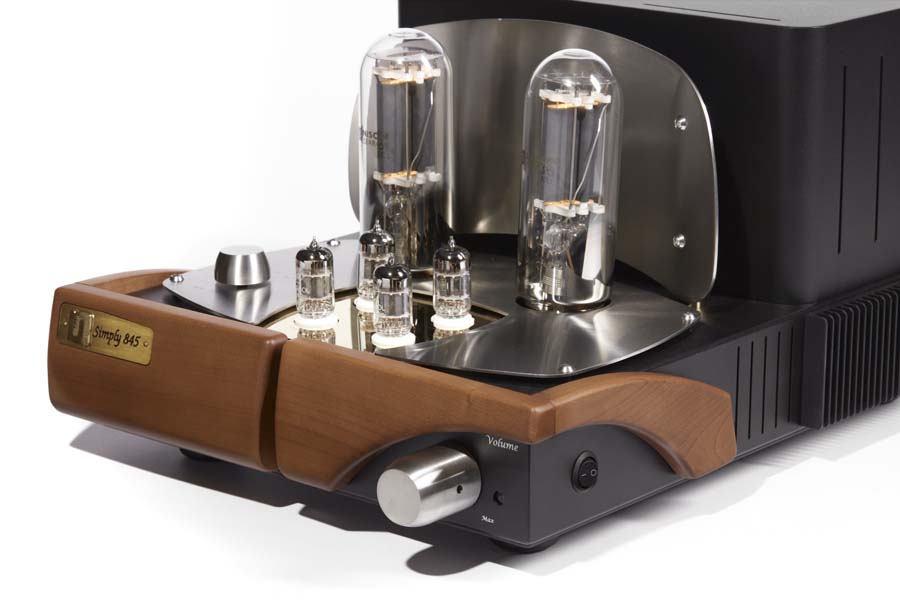
The wooden front is beautifully fashioned and can come in walnut or cherry. That wood is not just there to enhance the looks, though, as it also works to add damping to the amplifier. Of course, microphony can be reduced if you add tube dampers, though unfortunately for the review I didn’t have any big enough for the 845’s girth! Unison Research have always loved the idea of integrated amps whereas many people might like to split up the ins and outs into pre and power. Being integrated, however, means all the wiring is very short and laid out sensibly inside the box, with very thick electrolytic copper conductor traces on the PCB, and whilst some might think £8600 is an awful lot for an integrated (let alone £37k for the Absolute 845!) the design and performance from this 23W beast is anything but cheap.
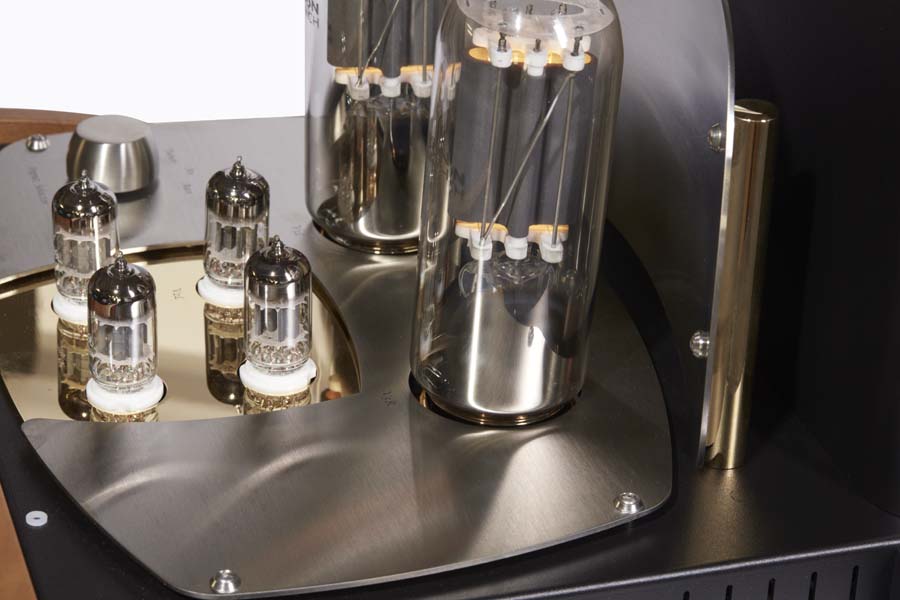
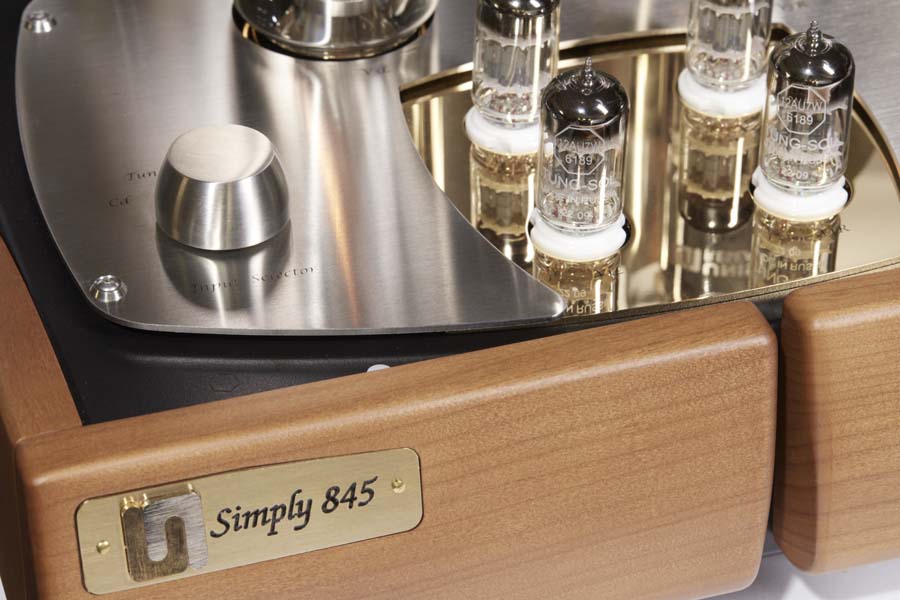


SOUND QUALITY
Being used to KT88 tubes, this review was going to be more of a learning curve for me, as I had only heard 845s in HiFi shows. In my tests, after listening mostly to reel-to-reel, vinyl and HR digital sources I came to conclusions about this amplifier pretty swiftly. It might be only 23W, but I never ever felt short of power into my 6-ohm speakers. Both the 87dB/1m Graham LS5/9s and 88dB/1m WB Arcs grunted and yelled as much as they needed to. Only on quiet classical recordings did I need to turn the wick up past 12 o’clock, and maybe if you are using low-sensitivity and high-impedance speakers you ought to consider your options. In the past, we were used to valve and early transistor amplifiers with less than 10W, so 23 watts of pure Class A should be adequate and in any case most of the work was in the 1 – 2 Watts, rarely going higher.
There are two words that come to mind with the 845, and as you will see by my listening voyage there is a good connection there; timing and detail. Those who think valves are slow and muddy might want to give this one a listen. OK, its musicality was just as I love and expect valve amplifiers to sound, and as Unison themselves state “guarantee a warm sound”, but its reach for detail and timing of each note was as fast as any solid-state amplifier. Yet, it could still be as delicate as it needed to be at any moment in the music.
Madeline Bell’s “The Look of Love” (reel-to-reel) was pure delight, with the music set behind and around the loudspeakers, with extended bass, passion and beauty from her voice. Every nuance from Ian Anderson’s flute or vocals in the “Ring Out Solstice Bells” (2024 remix Christmas album) was as clear as I have ever heard and those bells, well, the detail and timing was spot on. This music was as tight and secure as I have ever heard. My Wilson Benesch speakers (plus Townshend Supertweeters) have so much detail in the top frequencies that even my ageing ears can pinpoint the positions as well as every detail of the sounds. Béla Fleck and the Flecktones “12 Days of Christmas” (well, it was still that time of year after all) had a brilliantly precise banjo performance from Béla plus a gorgeous lower end from the upright bass of Edgar Meyer. All the key changes and timing were brilliantly clear, to me more synonymous with another Béla – Béla Bartók– who of course I played later on. Fleck’s “Silent Night” is anything but silent, with him playing industrially in 5-4 time, like Dave Brubeck would play keys in “Take Five”. With all the music I played in unusual odd-number time signatures, the music still sounded very composed, tidy and real. The Simply 845 allowed music to take centre stage, and the bright lights and heat from the valves just lightened things further. In Fleck’s new ‘Rhapsody in Blue’ album, track 3 of five features the Virginia Symphony Orchestra with Gershwin’s famous piece. Only at 1’02” does the banjo suddenly appear. It just doesn’t sound right (of course there are hundreds of jokes about banjos and players!); whilst the orchestra is positioned just as you’d expect it to be the banjo is juxtaposed in front, closer, and just wrong! This amplifier certainly doesn’t hide anything, and the positioning of each instrument is as good as it gets. This is a dual mono amplifier in one box (which looks even more like a 2-in 1 with the wooden front in two pieces) so each channel is pure. Dave Brubeck’s 5’ 24” “Take Five” (Time Out) was deep and detailed in this 5-4 timely track, with Joe Morello’s drums just spot on with precise detail from his sticks on the ride cymbals. Turning to classics and Verdi’s ‘Otello’ Act 1 “Capitano v’attende la fazione ai baluardi” (Placido Domingo, DG), this might be really short at just over a minute, but if you really want to test your equipment (and are short of time) with really tight male vocal phrases, a full backing vocal choir with words and noises, a full orchestra with powerful brass blasts, string section chords and rhythms plus spiccato “bouncing bow” scales, oh and a loud triangle sounding out at the end like the bell at your school when the day was finished, then this is certainly the amplifier to do it on. It was full-on and at no time did I feel in the 1’11” that this amp could be flustered at anything. Similarly, Bellini’s “Sinfonia” from Norma (Orquesta del Teatro, Real, Madrid) was also electric, with the 845 tube’s electrons performing with all the guts they had, and with plenty more to spare, and with pinpoint accuracy. Again, strikes from cymbals and violin scales added to the tension. There was no time here for any vocals, though the arpeggios on harp were positioned perfectly to the left, and easily discernable despite their quietness as the tension receded towards the end of the piece. Every nuance of the music was perfectly timed and placed. This amplifier played with feeling!


Back to Béla Bartók with his famous ‘Concerto for Orchestra’ and the final fifth movement (Netherlands Radio Philharmonic, 2023). This starts with a very misty atmosphere; a bit Prokofiev/Britten in ambience, beautifully performed with long and short string notes plus fast percussion and horn blasts as the tension rises. Compared with my KT88s the sound wasn’t quite as powerful in the bass and had a less-bright top-end as I know well; the 845 tends to be smoother and richer, but with a better sense of scale and proportion, however, the speed of the digital bass drums in the opening of Madeline Bell’s “Good Morning Freedom” would wake up even the strongest sleeper. This is a luxury tube that just made music sound important and to be respected – and most of all – to be enjoyed. The music is tonally full and tight rhythmically like the Béla Fleck, with the detail of timing as I had now grown accustomed from the Unison Research. Concluding my interest in unusual time signatures I played Nubya Garcia’s title track from the ‘Odyssey’ album. In 11-4 time her brilliant tenor saxophone playing exudes passion and excitement. Only the studio reverb slightly imposed on her performance though adding appropriately to the theme of the smoke-filled jazz club scene. She is an excellent musician which the Simply 845 just enhances with its excellent musicality and timing.
CONCLUSION
This is a masterful piece of equipment, that could handle either delicacy or drama with equal panache. It was highly dynamic for the mere 23W maximum allotted to the speakers, and as long as you don’t plug in the lowest sensitivity of speakers, will give your music room all it should ever require.
It is big, it is heavy, and it also needs plenty of ventilation, so it will need to be placed somewhere appropriate; with all its good looks it should probably sit in the middle between your speakers so everyone can look at it, and of course you could also use it as a budgie cage, but that would be really cruel…
AT A GLANCE
Build Quality:
Beautifully designed, very strong and very tidy, but very heavy
Sound Quality:
With the 845 valves, this is a beautifully detailed and musical amplifier, with passion
Value For Money:
£8581 might seem a lot for an integrated, but this is much more; a dual mono power and pre-amp, that are all in one box.
We Loved:
Excellent timing
Loves all types of music
Delicate and dramatic as required
Tidy bass
We Didn’t Love So Much:
Don’t like the valve cage!
I guess they put the selector switch inside the valve cage so my cat doesn’t change the input sources
Elevator Pitch Review: An integrated amplifier at nearly £9000 seems rather a lot until you realise Unison Research’s top ‘Absolute’ 845 integrated is over four times that sum. This ‘Simply’ 845 is by no means simple in its audiophile quality. This is a masterpiece that gave me plenty to listen to. From tight tops to deep bottom-end, this covered all types of music with equal determination and poise, at home whether calling for delicacy or drama. The Simply 845 was one of the best amplifiers I have listened to for many years.
Janine Elliot
System used:
Nagra IV sj (Reel to reel); Astell and Kern SE180, iFi xDSD BT DAC (DSD, Qubuz, WAV, FLAC, MQA, MP3 Digital sources); Pre-Audio GL-1102N/Ortofon Kontrapunkt b (turntable/cartridge) plus Manley Steelhead (phono-stage); Krell KPS20i (CD); Wilson Benesch Arc, Graham LS5/9, plus Townshend Supertweeter (speakers); Tellurium Ultra Silver 2 and Townshend F1 and Isolda cables, Coppice Audio stand and Townshend rack.
Specification
- Type Integrated tube amplifier
- Tubes 2 x 845 selected, 4 x ECC82/12AU7 selected
- Class Pure class A
- Output stage topology Single-ended
- Maximum power 23W
- Bandwidth 20Hz-50kHz, +0dB; -1dB @ 12W
- Feedback level 14 dB
- Output impedance 6 Ω
- Input impedance 47 kΩ/100pF
- Inputs 4 line level
- Outputs 1 tape, 1 subwoofer
- Power consumption 300VA
- S/N: 120db
- THD: <0.002%
- Sizes Without packaging: 37 cm x 26cm x 57 cm (LxHxD) 14 ½ x 10 ¼ x 22 ½ inch
- Weight 30,5 kg – 67 Ibs
- Mains fuses 5x20mm – 6.3 AT 100V-120V





















































